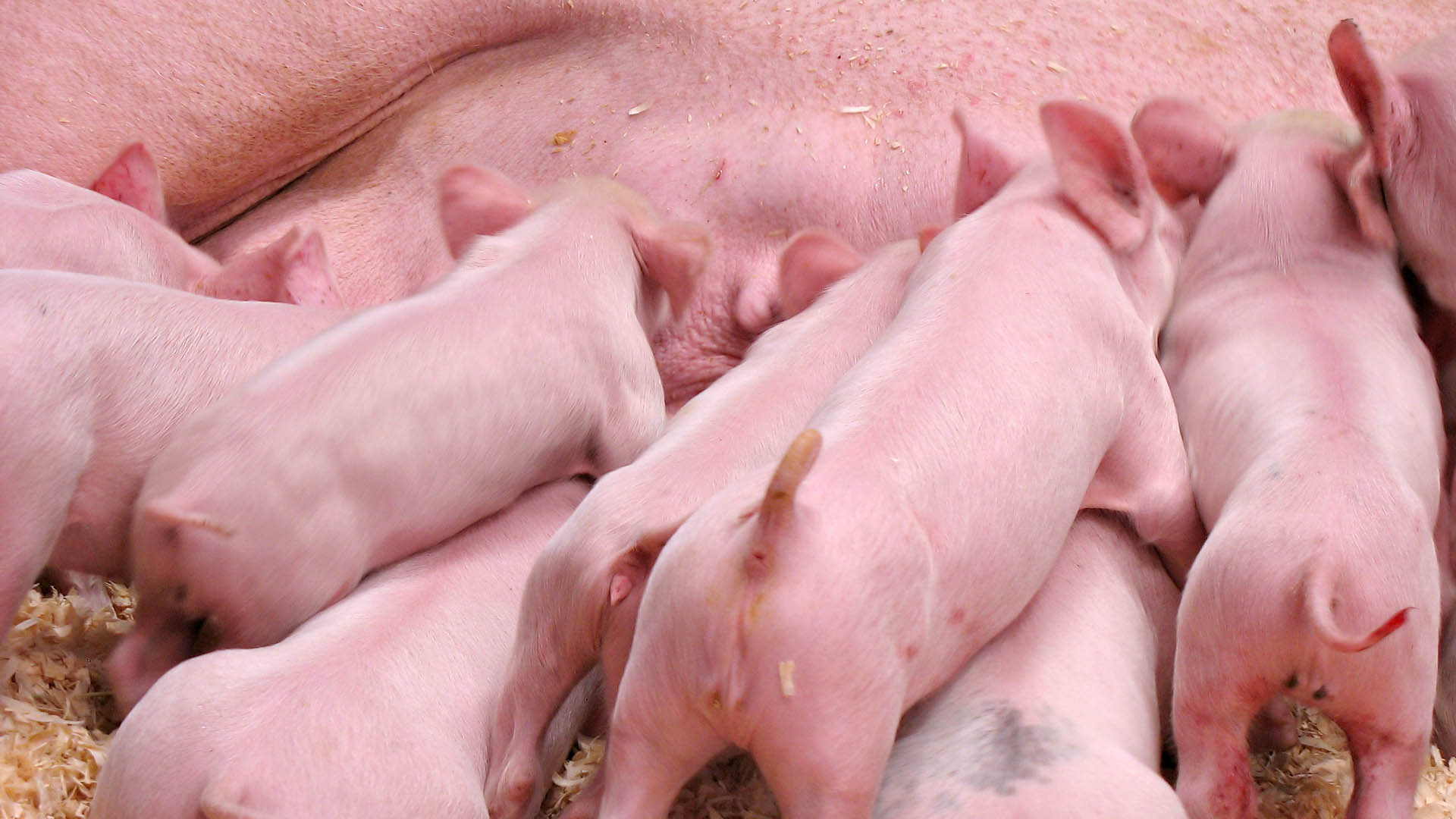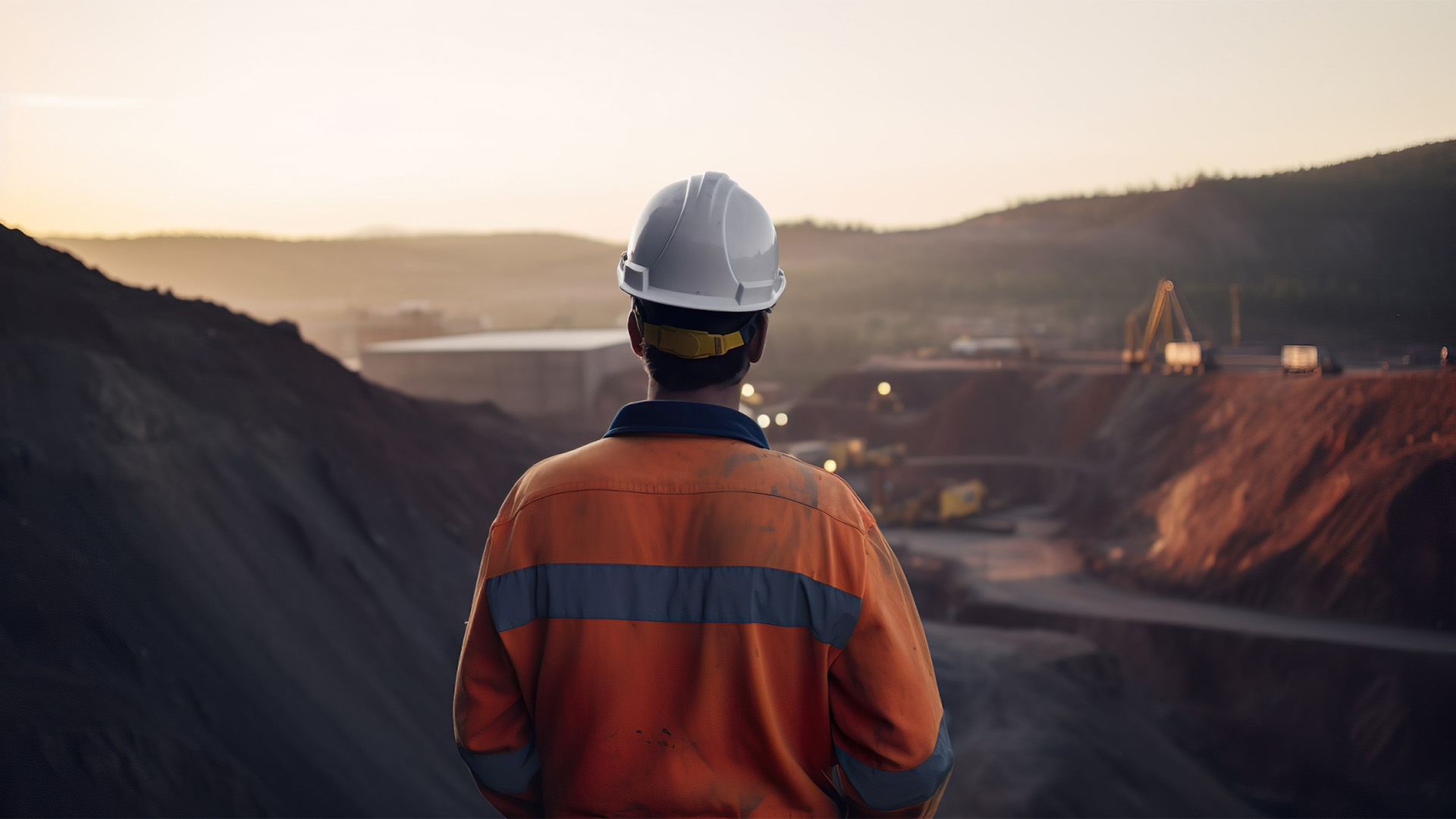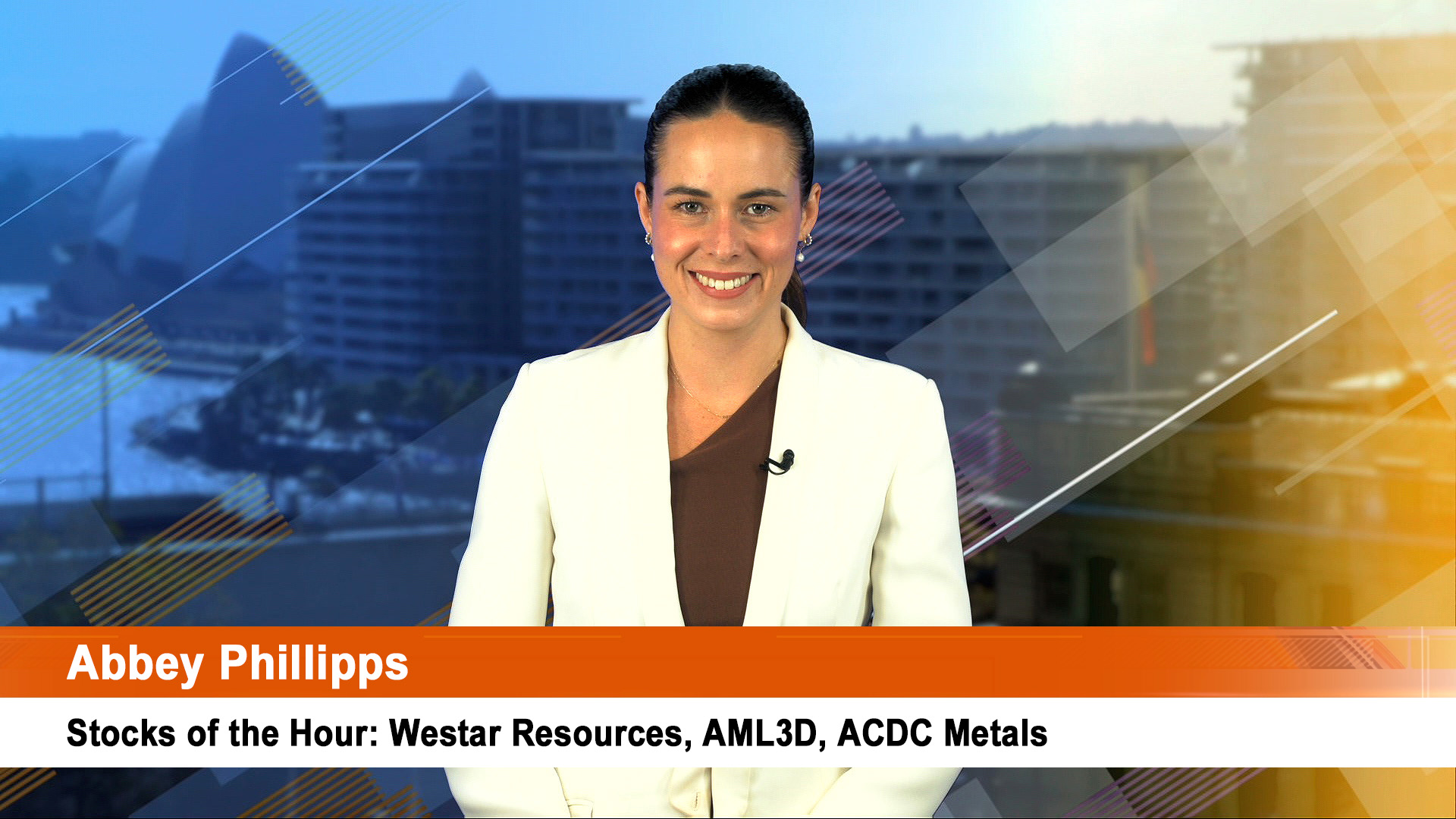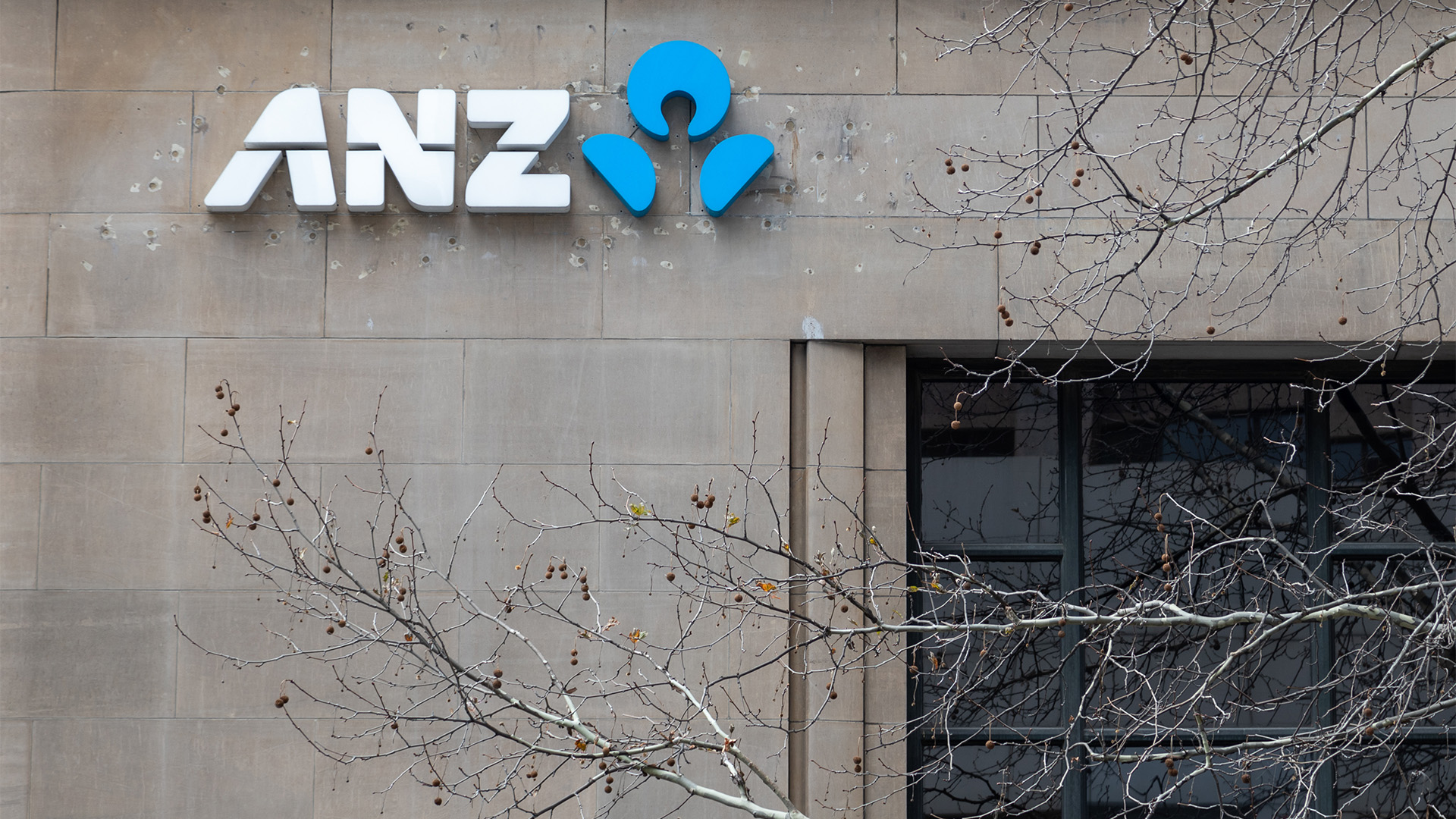Mining and energy companies are developing a record $70.5 billion of new projects in Australia to meet growing demand from overseas for metals and energy.
The value of advanced projects is 62% more than the estimate a year ago.
ABARE Executive Director, Phillip Glyde said in a statement yesterday: “This is a record value and number of advanced projects and will lead to continued expansion in the production and capacity of Australia’s mining industry".
ABARE’s record listing of 341 major projects includes 244 projects which are still undergoing feasibility studies.
It said the $70.5 billion of new projects reflects 97 advanced projects, defined as being under construction or committed to. Since October 2007, 58 new projects have been added to the list and 22 projects have been completed.
Energy projects account for around 55%, or $38.8 billion, of the estimated capital cost of all advanced major projects. Investment interest is also strong in iron ore (23%), alumina (7%) and gold (5%).
Western Australia accounts for three-quarters of the capital expenditure on advanced projects, including 12 petroleum projects (valued at $27.9 billion) and 10 iron ore projects ($16.5 billion).

ABARE said Queensland accounts for a further 13% ($9 billion) of capital expenditure on advanced projects, with more than half of this in coal mining and infrastructure projects.
Mr Glyde said global skills shortages and higher materials and construction costs continue to have an impact on the timing and overall costs for some projects.
“Project cost pressures and delays are a challenge for the global mining industry and are expected to continue in the short to medium term while this level of development activity continues.”
While not all of the less advanced projects will necessarily proceed to development, the record number of 244 provides another indicator of the strong growth prospects for the sector Mr Glyde said.
There are 58 projects (both advanced and less advanced) new to ABARE’s list compared with October 2007 list, while since the end of April 2007, 109 projects have been added to ABARE’s project list.
However, it warned that should be noted projects which have reached the committed stage may be deferred, modified or even cancelled if economic or competitive circumstances change significantly.
"This is particularly relevant in the current period of rapid project development in which the global mineral resources sector is experiencing significant difficulties in securing sufficient inputs including materials, equipment and skilled labour.
In this capacity constrained environment, the effect on project development is manifested in delays to scheduled completion dates for projects and increases in project capital costs," ABARE said in its report.
"For example, Dyno Nobel’s Moranbah ammonium nitrate plant in the Bowen Basin in north Queensland was removed from the April 2008 advanced projects list. Dyno Nobel cited substantial delays and difficulty in reliably forecasting project costs as the main reasons for suspending the development indefinitely.
"In line with previous ABARE project listings, current investment intentions in the Australian minerals sector, as reflected in the large number and record value of minerals and energy projects committed to, or under construction, continue to bode well for the sector’s growth over the next few years."
That project remains suspended but that could change with Dyno Nobel about to be taken over by Incitec Pivot.
ABARE says the 97 advanced projects as at April 2008 indicate continued expansion across most of mineral and energy commodities and will support increased Australian production over the medium term.
It says the number of newly listed projects in this timespan is "unprecedented and is another indication of the current high level of investment interest in the mineral resources sector. Of these 14 are either committed or already under construction."
It detailed some of these projects this week in its report:
Among the more notable less advanced projects new to the list are two LNG projects to be based in Gladstone, Queensland. Queensland Gas Company and BG Group are proposing to build a 3-4 million tonne LNG plant and 380km pipeline to coal seam methane fields at a cost of $8 billion.
BG Group is also bidding for Origin, which has substantial gas reserves in the Queensland CSM sector.
Sojitz and Sunshine Gas are proposing to build an 0.5 million tonne LNG plant in Gladstone at a cost of $500 million which will also be based on coal seam methane.
In the past 12 months a total of four coal seam methane based LNG projects have been added to ABARE’s list that could have an annual capacity of 10 million tonnes.
Also new to the list are nine iron ore production and infrastructure projects.
The most notable of these, in terms of capital expenditure, is Aquila Resources’ proposed US$3.9 billion (A$4.5 billion) West Pilbara project in Western Australia.
The project includes mine and processing facilities with the capacity to produce 25 million tones of hematite ore; associated rail, rolling stock and port infrastructure; and allowances for engineering, procurement and construction management and contingencies.
The project, for which a prefeasibility study has just been completed, is scheduled to commence operation in 2012.
The largest less advanced metal mining project is BHP Billiton’s proposed Olympic Dam expansion in South Australia, currently undergoing prefeasibility studies.
This project aims to more than double the mine’s













